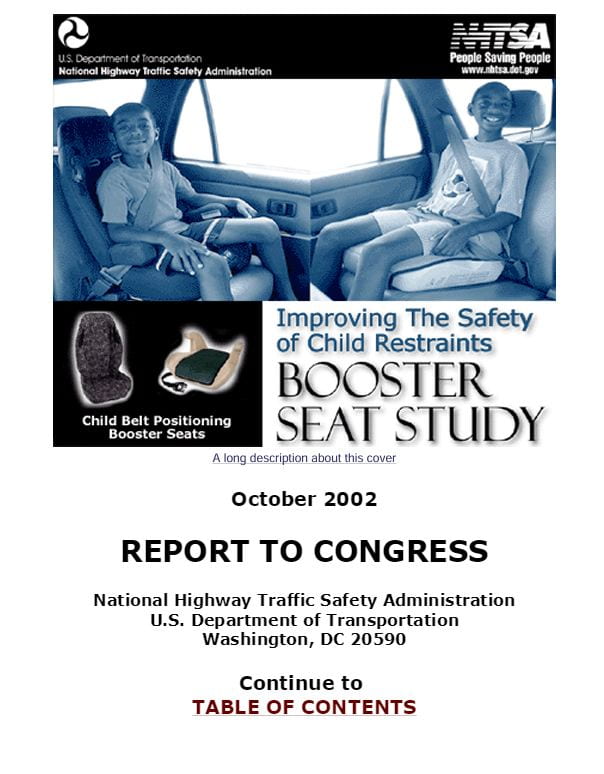“Reports” are kind of like the classic men’s suit of the APA reference world. Don’t know what to wear? Dark blazer (single-breasted, three-buttons), slacks the same color or lighter; white button-down, no fancy collars, keep a tie handy; belt or suspenders, not both. Don’t know what to do with the thing you’re trying to cite? Call it a report.
Whether it comes from a government agency or an individual company, reports differ from other kinds of things you might be citing in a few important ways:
- Reports are rarely peer-reviewed. Often there is no external editorial process.
- Reports aren’t always published with the intent of the public reading them. That isn’t to say that they’re secret, just that nobody outside of the family really cares about them
- Reports don’t always have clear authorship. Sometimes the organization, itself, is credited as the author.
These kinds of documents are also referred to as “gray literature,” and include things like industry white papers, internal policies, memos, government reports, briefs, grants–all the various euphemisms for things that we write for nobody to read. God have mercy.
General form of a reference entry for a report by a government agency or other organization
Authoring Organization or Author, A.A., Author, B. B., & Author C. C. (Year or Year, Month Day). Title of report: Italicized in sentence case [Description of document]. Publisher Name in Title Case. URL
When you’re putting together your reference entry, you will need the following information:
- Authoring organization (or individual authors, if applicable)
- Year or full date of publication
- Title of the report
- Short description (esp. if it is something weird)
- Name of the organization publishing the report (sometimes the parent organization of the organization that is authoring the report)
- URL
As always, not everything is applicable for every reference entry–just use what you’ve got.
Example
Here is a report on booster seat safety by the National Highway Traffic Safety Administration:

Here’s the information that we will need to create a reference entry:
- Authoring organization : National Highway Traffic Safety Administration
- Year or full date of publication: 2002
- Title of the report: Improving the Safety of Child Restraints: Booster Seat Study
- Short description: Report to Congress
- Name of the organization publishing the report: US Department of Transportation
- URL: https://www.nhtsa.gov/document/booster-seat-study
If we plug that into the general template from the top of the page, we get this:
National Highway Traffic Safety Administration. (2002). Improving the safety of child restraints: Booster seat study [Report to Congress]. US Department of Transportation. https://www.nhtsa.gov/document/booster-seat-study
Citing a report from a government agency or other organization in your paper
To cite a journal article in the text of your paper, use either a narrative citation or a parenthetical citation:
Narrative citation: “A report from the National Highway Traffic Safety Administration (2002) argues that booster seats are an important safety measure that can protect children during car accidents.”
Parenthetical citation: “Booster seats can protect children during car accidents (National Highway Traffic Safety Administration, 2002).”
Narrative citations do a good job of setting up for some kind of comparison between scholars and articles (i.e. Author A says XXXX, Author B says YYYY). Parenthetical citations are good for when you want to cite a claim that an article is making without examining it further (i.e. as background information, taken for granted).
